Clash of the titans: iOS 7 vs Android 4.3 comparison

Lock and home screens
The lock screen (if enabled) is the very first thing a user sees upon turning their smartphone on, which is why its flawless execution is of utmost importance. And it is hard to decide which one we like more – the one on iOS 7 or on Android 4.3, but we're pretty sure they both leave room for improvement. The iOS 7 lock screen is minimalist, providing instant access to the camera, the Control Center, or the pending notifications. However, it would have been better if one could slide either way to unlock it; only a swipe to the right takes you to the home screen. The Android 4.3 lock screen is flexible when it comes to customization, with its widgets and all, and it doesn't matter which way you swipe to unlock it. However, the selection of widgets one can place there isn't as broad as we wish it was. Overall, both lock screens are great, although they could have been better.
Quick controls and notifications
Control Center adds functionality that iOS sorely needed. Simply put, swiping up from the bottom of an iOS 7 home screen brings up a list of toggle buttons for turning things like Wi-Fi and Bluetooth on and off, controlling music playback, adjusting the screen's brightness, even using the camera's LED as a flashlight. But Control Center isn't really a groundbreaking feature. Options like these have been available on custom Android UIs for a long time, and the stock Android 4.3 interface has many of them as well out of the box, located in a menu accessible from the notification bar. Furthermore, Control Center might be triggered accidentally if one is scrolling on a page or trying to launch the camera from its lock screen shortcut, located in the lower right-hand corner. Yet nevertheless, Apple's solution to adding toggles in iOS 7 is still pretty elegant and it is at least as good as Android's approach.
The Notification Center in iOS 7 has been overhauled and now takes the user straight to their agenda. That's very convenient for people who actually use the Calendar app. Those who find it too crowded in there are free to pick what notifications are to be displayed there – stocks information, unread email, Game Center alerts, reminders, and more. Android's notification bar is a bit different for it doesn't display much if there aren't any pending notifications. But on the other hand, the user does get updates via Google Now.
Customization features
When it comes to customization, Android is still king with its widgets, live wallpapers, and custom launchers. Tons of them are available for download from the Play Store for anyone bored of their Android device's interface. However, Apple has done some progress and is now catching up, without making things too complicated for iOS 7 users. The latest version of the platform features the so-called parallax effect, which shifts the background image depending on the angle, at which the handset is being held. That creates an illusion of depth and the effect is really nice in our opinion – pretty, yet unobtrusive.
In addition, we have Apple's dynamic wallpapers (yup, they are just like Android's live wallpapers) – these can be set on both the home and the lock screens. Unfortunately, all you get out of the box is a single dynamic wallpaper in several different colors, and the wallpaper is suspiciously similar to Android's stock Phase Beam live wallpaper. We hope that someday, more dynamic wallpapers will be released for iOS 7, but this could be just wishful thinking.

Dialer and Contacts
Yup, people still use their phones to talk to people. On iOS 7, the Phone app is pretty much all you need to call someone as it lists your contacts, your recent calls, and your favorites. Of course, a keypad is available as well for manual phone number input. What's great about iOS 7 is that it lets the one block certain contacts, thus preventing them from calling, texting, or even initiating a FaceTime conversation with the user.
Android's Phone app is very similar, but it has one notable advantage over its iOS counterpart, namely that it displays a photo of each contact as you scroll down the list, while the iPhone's contacts app shows a contact's image only if you tap on them to view detailed information, or if that particular contact is in your favorites.
On-screen keyboard and messaging
Typing on a mobile device quickly and efficiently is often a matter of getting used to its on-screen keyboard's size and layout. With iOS 7 and the iPhone, in particular, we can easily type texts using a single thumb because the phone's width is optimal for the purpose. The Google Nexus 4, running Android 4.3, is wider and is therefore more comfortable to use with two thumbs rather than one, and that is usually valid for any Android device with a screen of 4.5-inches and above. Overall, both virtual keyboards are pretty nice. International users can rest assured that both support a wide variety of input languages. Yet perhaps Android has a slight advantage in this category with its dedicated smiley key and the option to enter text using the swiping method.
But when it comes to messaging, iOS has the upper hand over Android with its iMessage system, which automatically routes texts over the web instead of eating up the user's monthly SMS allowance. The feature works as long as the recipient is also using an iPhone or another compatible Apple device. Moreover, iMessage is usually faster than sending regular texts, shows you when the other person is typing their response, and syncs your conversations across Apple devices. It would be nice if one day Android integrates Hangouts with the messaging app, thus replicating to some extent the functionality of Apple's iMessage service.
Whether you're using iOS 7 or Android 4.3, setting up your email account is a straight-forward process, requiring you to input nothing but your address, password, and perhaps your real name. Settings can be adjusted manually, if needed. Both platforms offer tools allowing one to sort their inbox in a manner they prefer. on Android 4.3, there's the primary inbox for Gmail users, listing all important email. Social networking updates and shopping promos get automatically filtered and are listed in their separate folders, which is neat. There's also the Priority inbox, which highlights only emails from people you communicate with the most. Apple, on the other hand, has the VIP inbox feature, collecting emails from people you mark as very important. The marking, process, however, has to be done manually.
Productivity tools
The calendar applications in iOS 7 and Android 4.3 are very similar in terms of appearance and functionality. Therefore, we can't say which one is better as they both get their job done pretty well. New events can be added in just a few steps, and a reminder will alert you prior to that event's beginning. Calendars can be synchronized with the cloud, which makes them accessible from other devices as well.
At a glance, the calculators on both platforms look pretty similar, but those who need to access advanced functions often will appreciate iOS 7's solution a lot more. The advanced panel is accessible as soon as the phone is flipped in landscape mode, while stock Android 4.3 requires the user to bring forth the advanced panel manually.
Also, we find the clock on iOS 7 better designed than Android's, and that's not only because its home screen icon now displays the actual time. It is more intuitive to use and better-looking, with easy to access additional timekeeping features.
Furthermore, we must mention that iOS 7 has apps for Notes and Reminders out of the box, while on stock Android 4.3, these have to be downloaded separately. On top of that, you get a Compass that has a built-in level as well, and Apple's Passbook app, which keeps track of your boarding passes, movie tickets, retail coupons, and more. Clearly, iOS 7 is loaded with more goodies out of the box.
Multitasking and support for multiple users
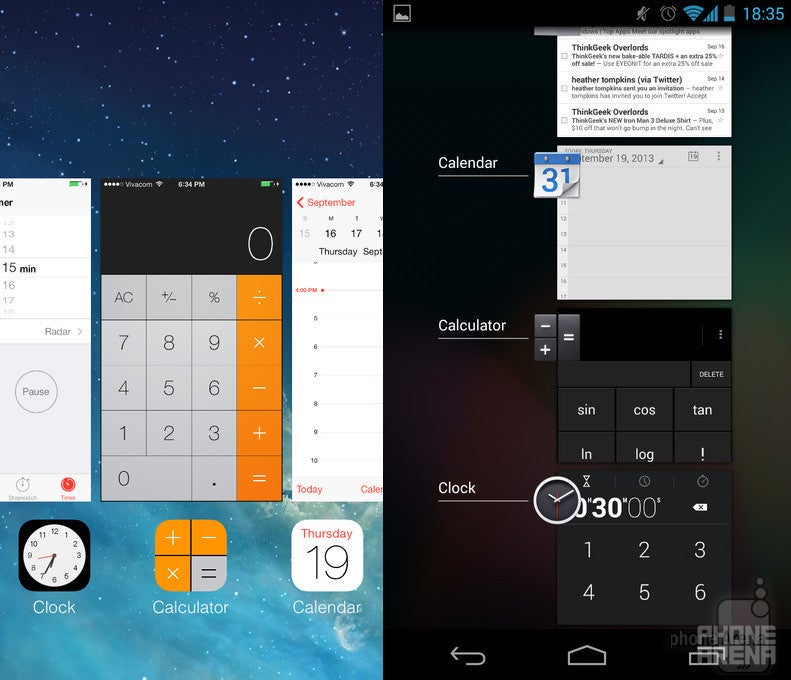
Multitasking on iOS 7 vs Android 4.3
One of Android 4.3's significant advantages over iOS 7 is that it allows multiple user accounts to be set on the same Android tablet. That allows one, for example, to share their Android tablet with friends and family without them having access to other users' personal stuff.

Siri vs Google Now
Both iOS 7 and Android 4.3 offer intelligent assistance provided by Siri and Google Now respectively. The former recognizes commands spoken in every-day language, so you can ask it to set your alarm clock, a reminder, or even send a text message to a specific contact, or get you driving directions. Moreover, Siri can search the web via Bing, look up things on Wikipedia, or check what's trending on Twitter. Don't speak English? No worries! Siri recognizes input in French or German as well.
Google Now is a little bit different. It is also capable of interpreting accurately your voice commands, but in addition, it attempts to provide the user with relevant information exactly when they need it. For example, driving directions will appear if it is the end of the work day. If you just looked up some place on Google Maps, Google Now will show you how to get there when triggered. If you have a plane trip coming, it will provide you with up-to-date details about your flight. And if you're in a different country, Google Now lists places of interest, currency exchange rates, and other useful information.
All in all, both Siri and Google Now are great additions complementing the overall user experience and can come in handy in all kinds of situations.
Internet browser
Both Chrome on Android 4.3 and Safari on iOS 7 are ideal for surfing the web as they are very fast, with support for multiple tabs and incognito browsing. Also, both can synchronize bookmarks and opened tabs between multiple devices, which is pretty cool for people who have to switch frequently between their desktop computer and a smartphone or tablet. We only wish that Chrome had Safari's Reader mode, which cleans all unnecessary content from a web page, leaving only an article's text and some images for easier reading.
Maps
There was a time when Apple Maps was ridiculed for its shortcomings, but things have changed since then. The fact of the matter is that Apple's maps application is now more reliable and has all the features one would expect out of a proper app of this kind. It can give you adequate directions depending on whether you're driving, walking, or using public transportation. Locations can be quickly shared with others or bookmarked for future use. Same features can be found on Google Maps as well. While neither solutions will provide you with true offline navigation in a way that Nokia's maps would, both Apple Maps and Google Maps can cache map data in order to navigate you without relying on internet connectivity.
Camera UI and Image Gallery
The stock camera interface on Android 4.3 leaves something to be desired. For people who aren't familiar with its arrangement, the UI can be confusing and frustrating to use. We assume that Google has tried to simplify its use by making all knobs and switches available at a tap's distance, but that's clearly not a solution all users would be comfortable with. The iOS 7 camera interface, on the other hand, is simple and intuitive. Even a newbie can get the hang of it in no time. The newly added filters make the experience even more enjoyable.
The iOS 7 gallery application has grown smarter now and it can sort your images based on the time and location they were taken at. It also lets you edit the image by adding filters, removing red eyes, fine-tuning the color balance, or simply cropping it in a desired proportion. Sharing photos online, be it on Facebook, Twitter, or via Email, is also an option, although a huge drawback here is that sharing via other apps or services – Instagram, Skype, or WhatsApp, for example – is not available, while Android has had this option for ages. The Android 4.3 gallery app can also edit and share images, as well as to sort them by date or location, so we don't think it is any less functional. It would have been cooler, though, if there were more thumbnail sizes available in grid view.
Multimedia
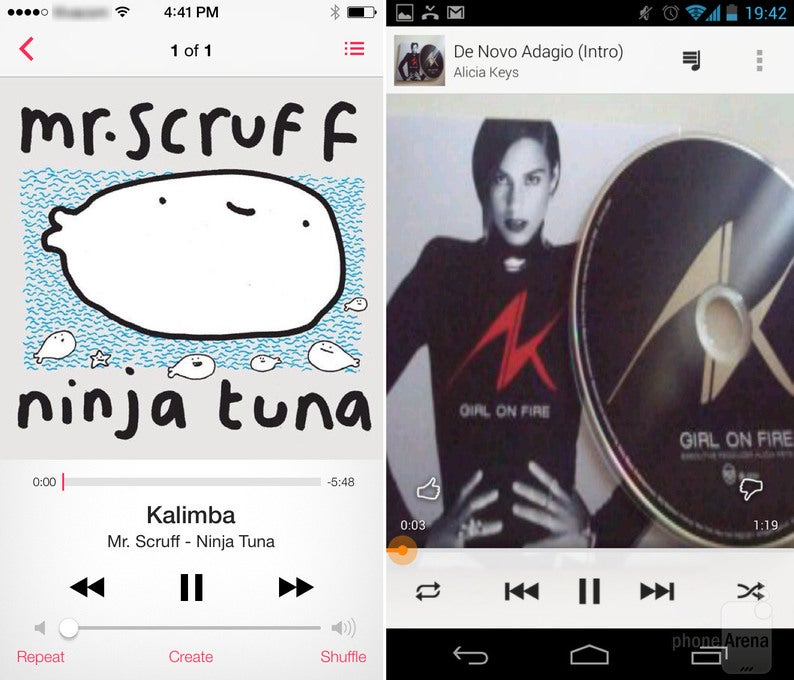
Music player on iOS 7 vs Android 4.3
To watch videos on Android 4.3 one has to use the Gallery application. Strange, we know, but for some reason, Android in its stock form lacks a dedicated video player. Fortunately, the Gallery gets the job done, although you might want to browse the Play Store for a proper video player in case you watch a lot of video on your smartphone. The iOS 7 video player is okay as well, with a pretty simple UI and support for closed captions.
Conclusion
It is pretty hard, if not impossible, to say whether iOS 7 or Android 4.3 is better. That would be like saying that bananas are better than oranges, or vice versa. The fact of the matter is that both operating systems are pretty well made. And perhaps we won't be wrong if we say that the two are in their best state to date, although we can't be sure whether the new look of iOS will appeal to all long-time fans of the platform. To wrap it all up, those who favor a clean, elegant, intuitive interface (also the people who aren't sure what they want) would likely be perfectly happy with iOS 7 in its latest form. Sure, it might be limited when it comes to customization, but it is well polished and crafted with lots of attention to detail. And let us not forget that iOS excels when it comes to availability of high-quality applications for download. On the other hand, people who are into tweaks and modifications, those who like the feeling of having more control over their smartphone would be better off with Android. It may lack the elegance of iOS, but it is still a full-fledged contemporary operating system loaded with useful features. Moreover, Google's Play Store tends to be richer in free applications, even though their quality sometimes lags behind that of the software made for iOS.
Follow us on Google News
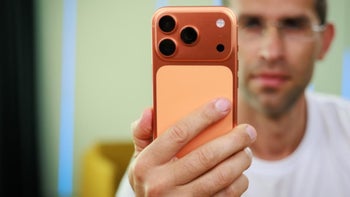
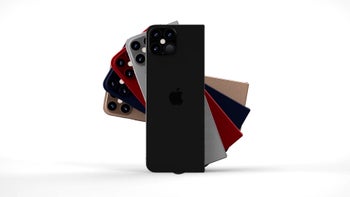

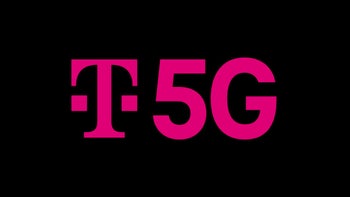
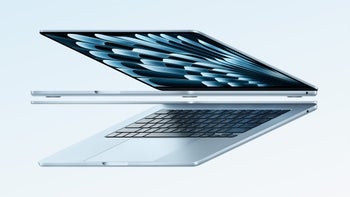
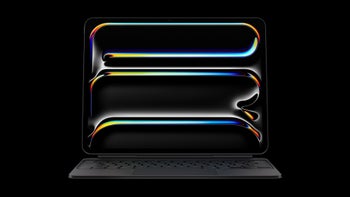
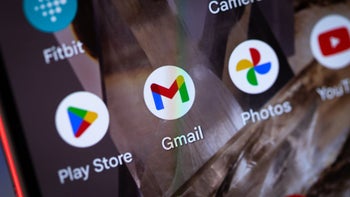


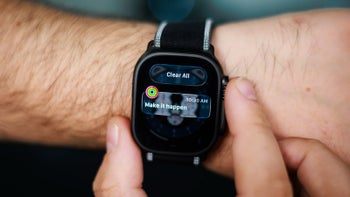
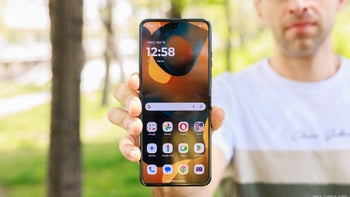
Things that are NOT allowed:
To help keep our community safe and free from spam, we apply temporary limits to newly created accounts: